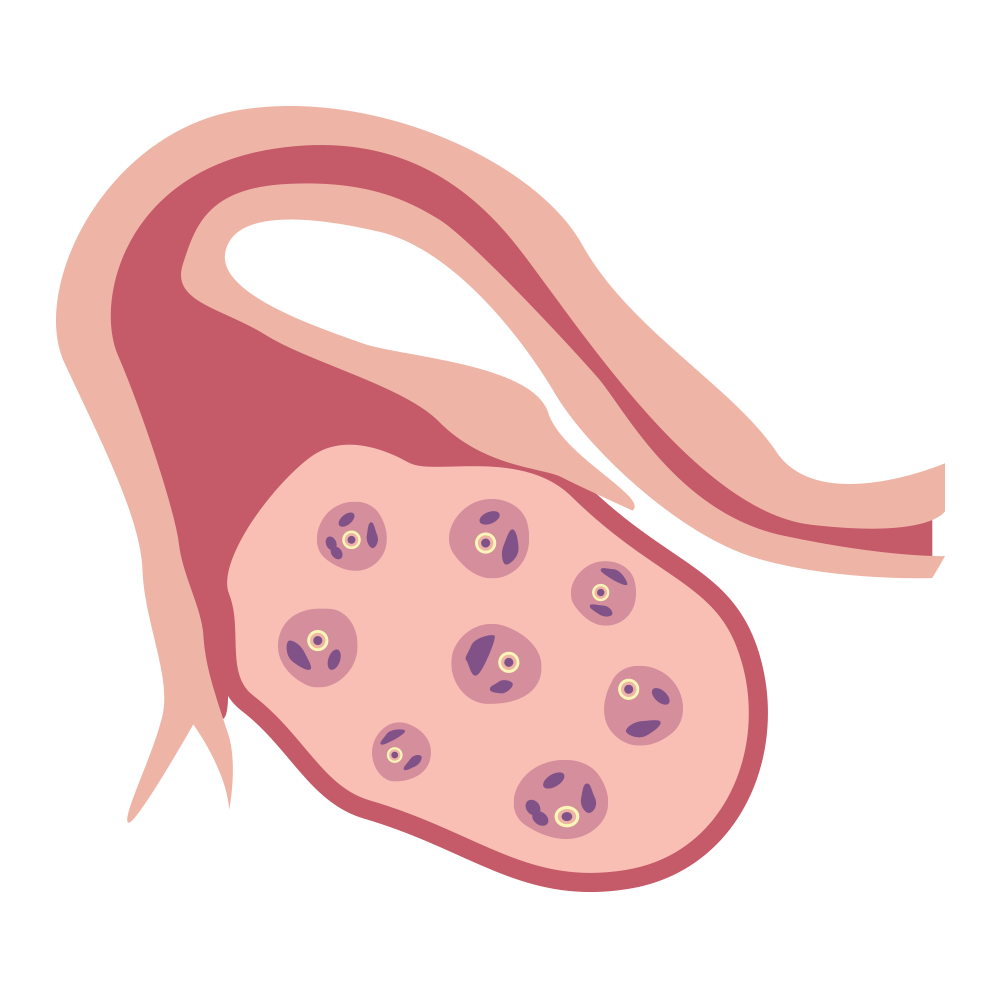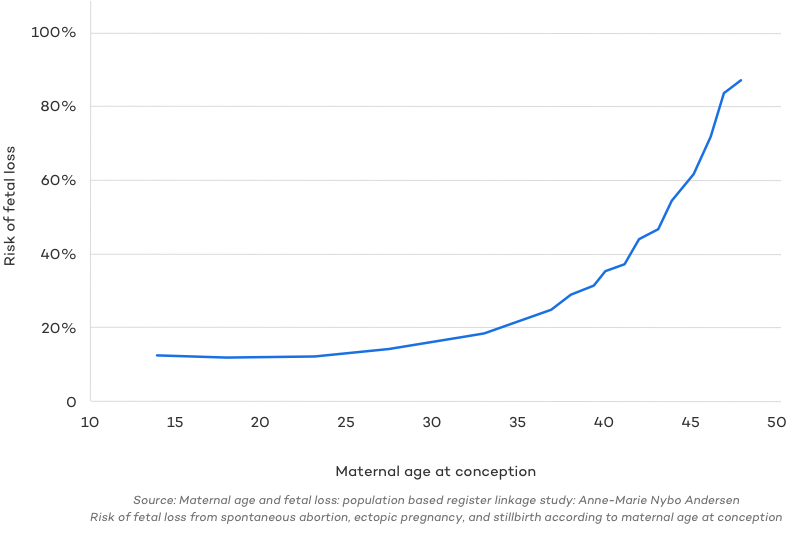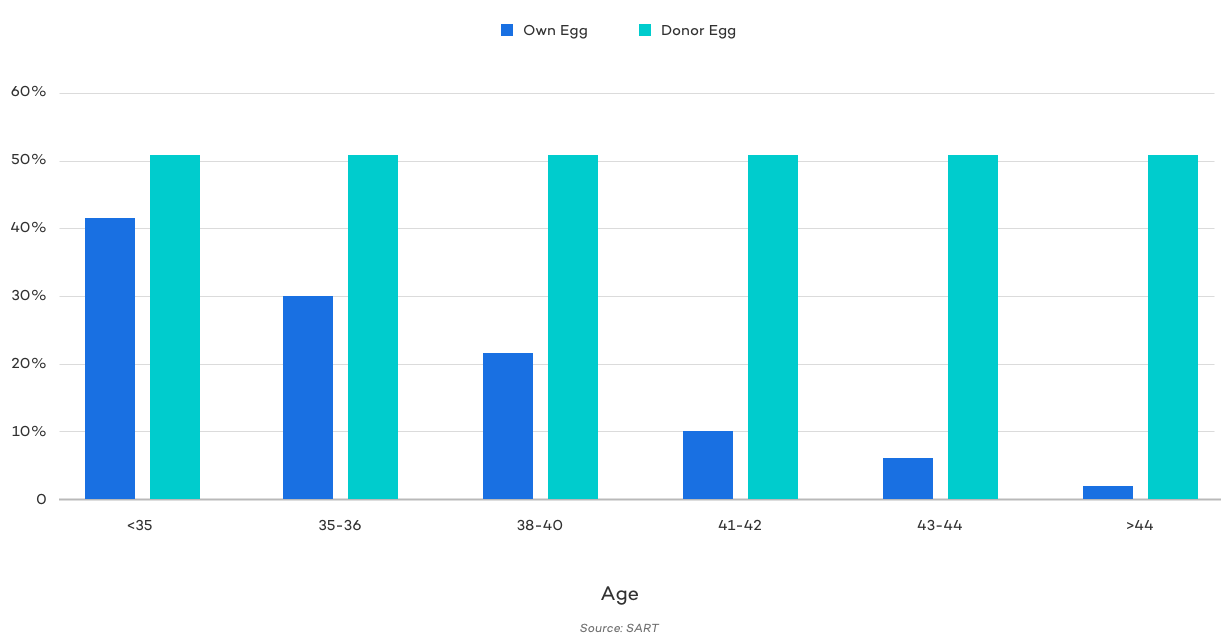how many eggs does a woman have at 25
If they are slow to reach that stage the reasoning is that there is something likely wrong. How many eggs does a woman have.
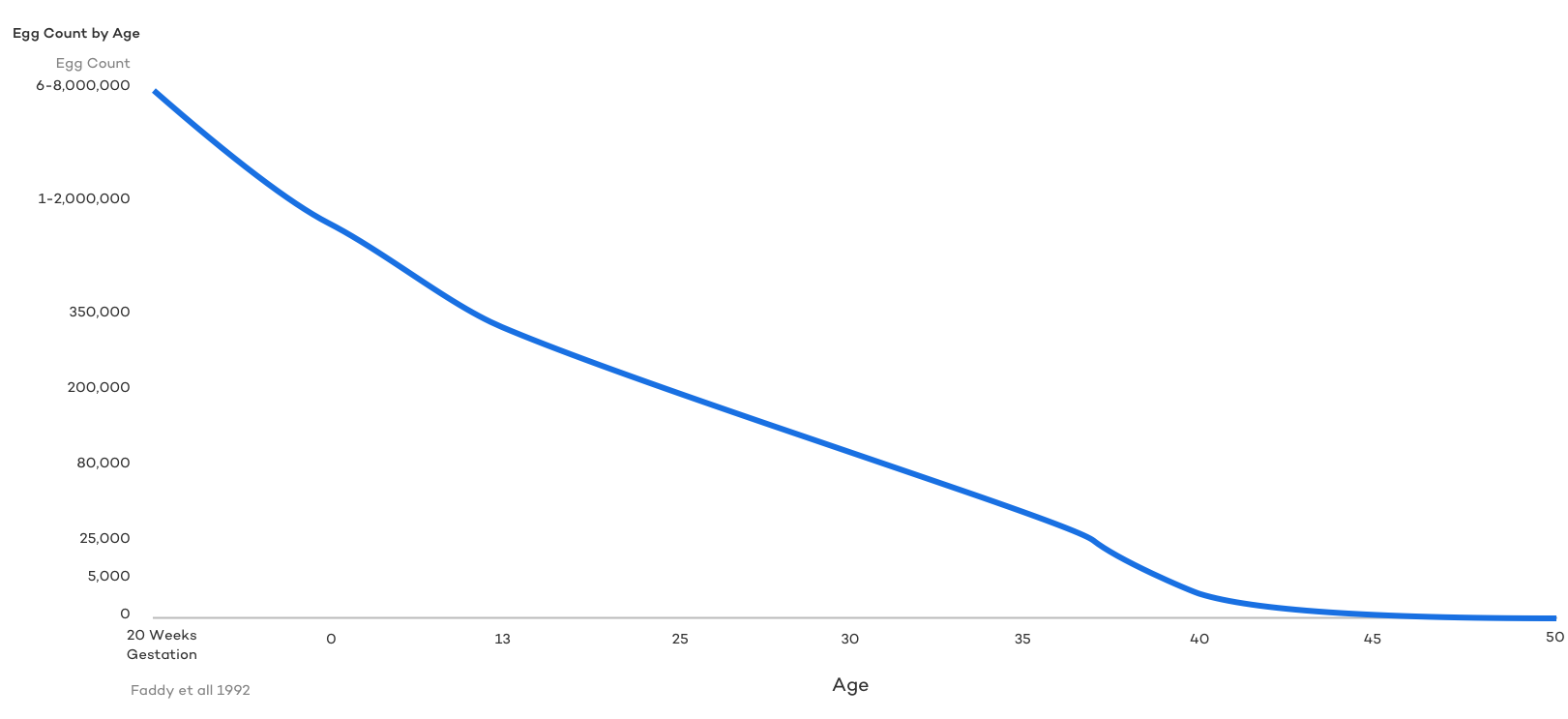
How Many Eggs Do Women Have At Every Age Cny Fertility
The maximum number of eggs that a woman will ever have is the number she has when shes a 20-week-old fetus.
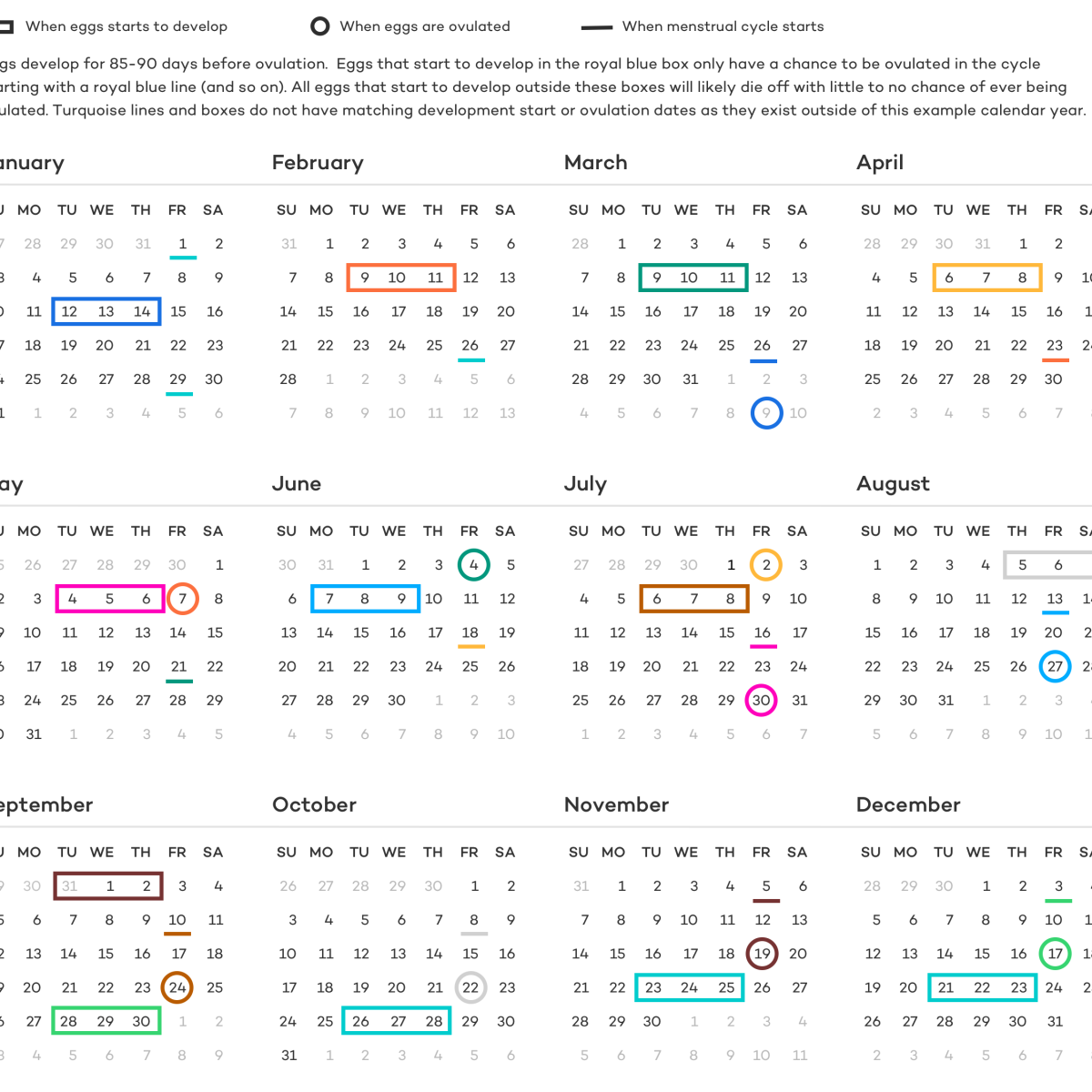
. By puberty a womans egg count might be 1 million. During fetal life there are about 6 million to 7 million eggs. The good news is that the number of eggs that die each month decreases after puberty.
Women under age 25 have a 96 percent chance of conceiving in a year if theyre trying each month. On average their supply of eggs at birth is around 1 million oocytes. I had only 3 early blasts by day 56 so those could not be tested my clinic only tests those that reach hatching or hatched blast stage by day 56.
While prices vary from clinic to clinic and will also depend on how many treatment cycles are required the cost to harvest your eggs may range from 9000 to 20000 including the egg retrieval and the hormonal drugs that help stimulate ovulation. Each girl is born with a reserve of 400000 500000 oocytes follicles. How Many Eggs Does a Woman Have.
Moreover it is not only the quantity but also the quality of the eggs obtained that is important. A 20-week-old female foetus has about seven million eggs. Large follicles are at risk of yielding post-mature eggs.
If the guy is under 25 the odds drop to 92 percent. Of these only 300 to 400 will be ovulated during a womans reproductive lifetime. These primordial follicles are microscopic measuring just 25 micrometres 0025.
In fact the highest number of eggs you possessed was while you were still in your mothers uterus. At 25 maybe 300000. And by the time of puberty only about 300000 remain.
So the number of egg-containing follicles remaining in the ovary undergoes a steady decline from an average of 400000 eggs at age eighteen to an average of 25000 eggs by age thirty-seven. I had 19 follicles and they retrieved 19 eggs. Once a woman hits puberty and menstruation begins her ovaries release one of those eggs every 28 or so days.
Although women are born with millions of eggs the quality of these goes down over time. Women are born with all the eggs that they will have during their lifetime. Because women in their late 30s and 40s have a higher percentage of abnormal eggs its much more likely that their one egg each month will be abnormal.
I had my first round of IVF in January at 41 yo. Theoretically if you could know how many follicles are inside your ovaries you could have an idea of how many eggs you have left. This is a theoretical condition where the eggs are noted to mature but do not fertilize as expected aka decreased fertilization rates.
The first study to chart the fate of a womans supply of eggs from conception to the menopause has found that the average 30-year-old will have just 12 per cent of her eggs left. As we get older so do our cells and the female egg cell is no exception. Do I still have healthy eggs is a question that many infertile women ask particularly those who are over 35 years of age.
The difference in egg quality between a 25-year-old and a 40-year-old is a matter of the statistical likelihood of the one egg shes ovulated being normal. It is difficult to say how many follicles an ovary should have as it is impossible to actually count how many follicles any woman has in her ovaries. It is impossible to count how many follicles are in the ovaries because they are too small to be visualized.
A womans reproductive life lasts approximately 40 years. After age thirtyseven or thirty-eight there is then a very dramatic acceleration of the monthly decline of remaining eggs. At birth a womans eggs are around the 1 million mark on average yet by the time puberty hits this number has shrunk to around 300 000 with only 300-400 eggs being ovulated in a womans lifetime.
You are born with all the eggs you are ever going to have. But it does mean your ovaries may not respond to fertility drugs. You dont make any new eggs during your lifetime.
Lets start with the biology. However most of them leave unused. After the first ever menstrual period women release an egg per month and it is estimated that only 400-500 will be ovulated during their.
Women begin puberty with about 300000 to 400000 eggs. Age then becomes an issue because women lose eggs on a daily basis so the older she is the fewer eggs she will have. At puberty this amount is reduced to 400000-500000.
Most women today are aware that fertility declines after age 30 and significantly declines after age 35. The truth is that there is no specific number of eggs for an IVF to be positive. It is common for a woman or couple to wonder how many eggs need to be retrieved in the follicular puncture in an in vitro fertilization IVF cycle.
After starting her menstrual cycle a woman loses about 1000 immature eggs every month according to Dr. There is no cut-off for how big a follicle can get but in general we do not like to see the size of the follicle surpassing 24-25 mm. Many die off before we even hit puberty meaning were left with around 700000 egg cells by the time menstruation begins.
How many follicles should an ovary have. At birth there are approximately 1 million eggs. Then around 35 the decline starts to get a bit steeper until all.
Shell have about 7 million of them then 600000 when shes born and about 400000 at puberty. At birth there are approximately 1 million to 2 million eggs. Each monthly menstrual cycle a number of follicles each containing an egg are selected to grow and mature.
Until a follicle begins to develop it is known as a primordial follicle. A follicle is a small sac of fluid in the ovaries that contains a developing egg. So our ovarian reserve is like a bank that doesnt take depositsand were withdrawing from it with each passing month.
There are also costs associated with storing harvested eggs which could run over 1000 per year. A follicle is an egg surrounded by epithelial cells. 8 were mature and 13 fertilized normally.
The quality of human eggs gets worse over time. The vast majority of the eggs within the ovaries steadily die until they are depleted at menopause. On average a woman ovulates around 400 times during her life.
Women have a limited number of follicles at birth. From this time no new eggs are produced. A primordial follicle is just 25.
A womans biological clock. However most of this group of follicles do not reach maturity but fade away.
Amh Guide Understanding Anti Mullerian Hormone Levels
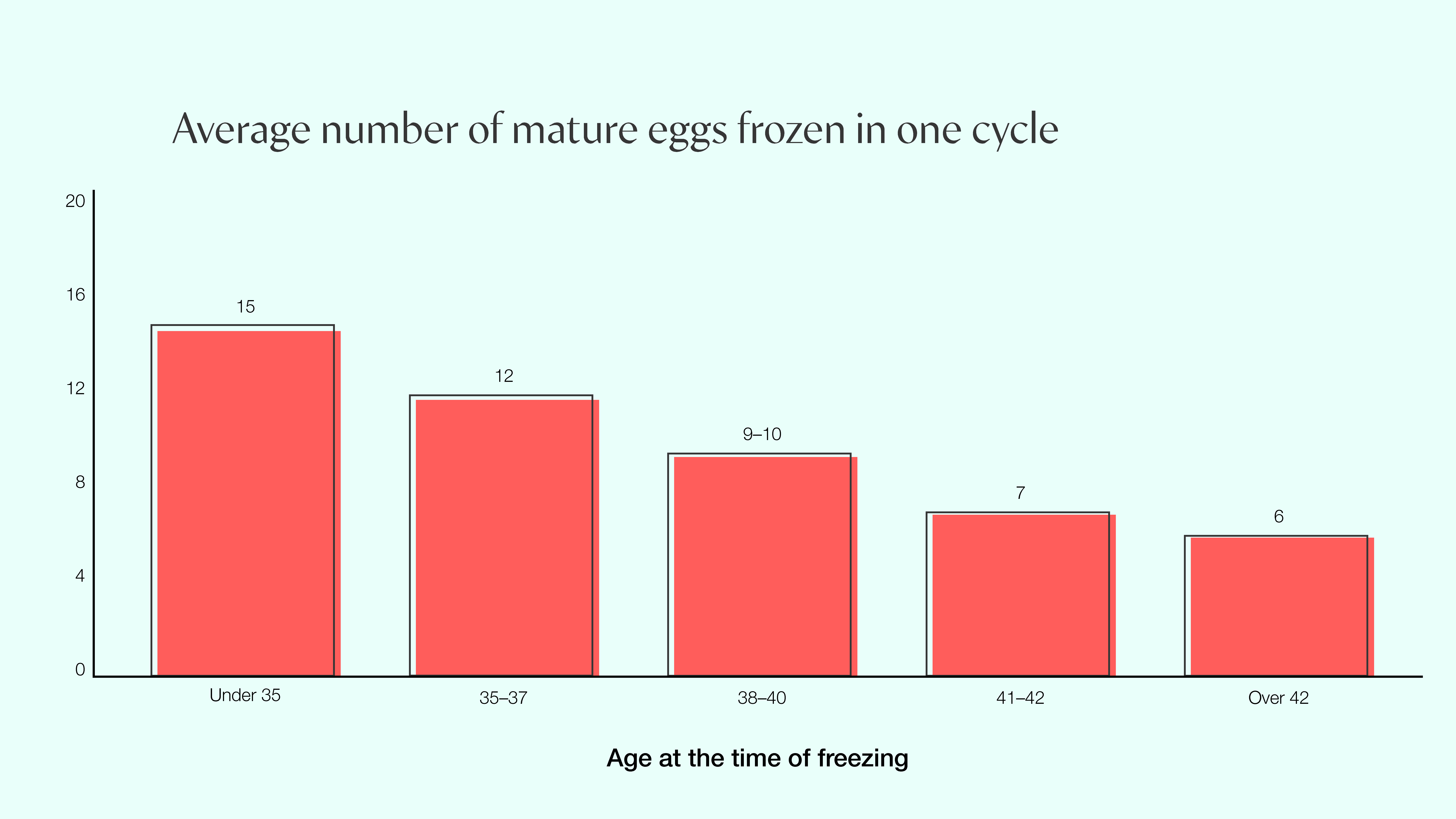
New Extend Fertility Research Analyzes Estimated Success Rates After 1 Or 2 Cycles Of Egg Freezing Extend Fertility
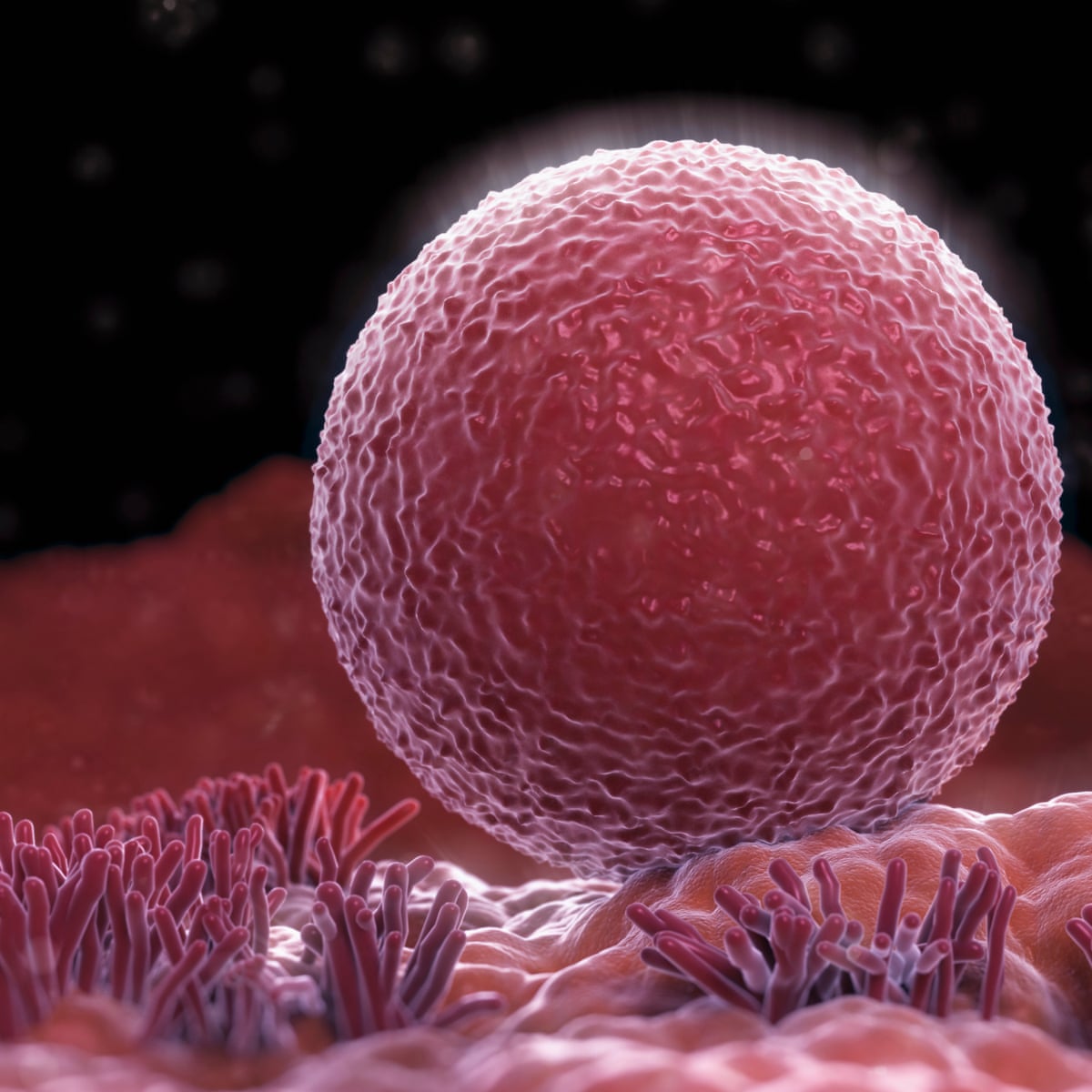
Evidence Suggests Women S Ovaries Can Grow New Eggs Reproduction The Guardian

Female Age And Chromosome Problems In Eggs And Embryos Advanced Fertility Center Of Chicago
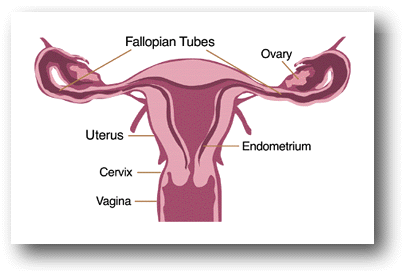
What Causes Female Infertility
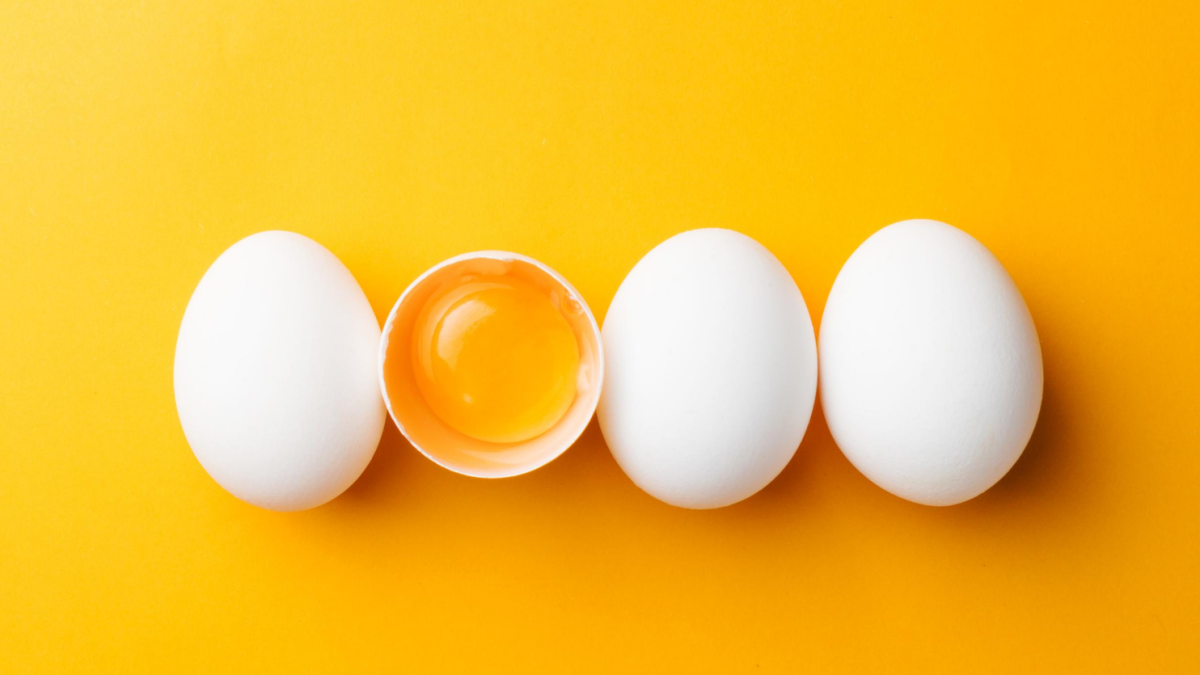
How Many Eggs Do Women Have At Every Age Cny Fertility

How Many Eggs Does It Take To Make A Baby Nomogram Graphic Sociology
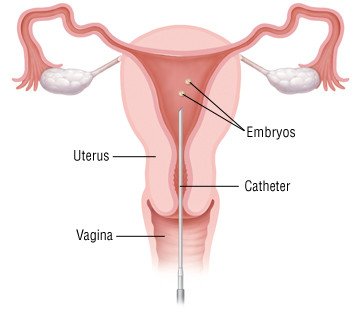
Female Infertility Guide Causes Symptoms And Treatment Options
Facts Figures Fertility Statistics
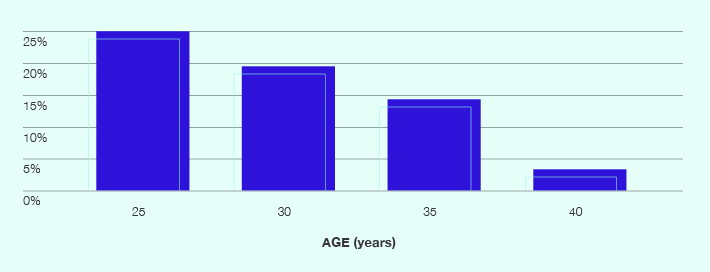
Facts Figures Fertility Statistics

What Is Ovulation American Pregnancy Association

How Many Eggs Do Women Have At Every Age Cny Fertility
